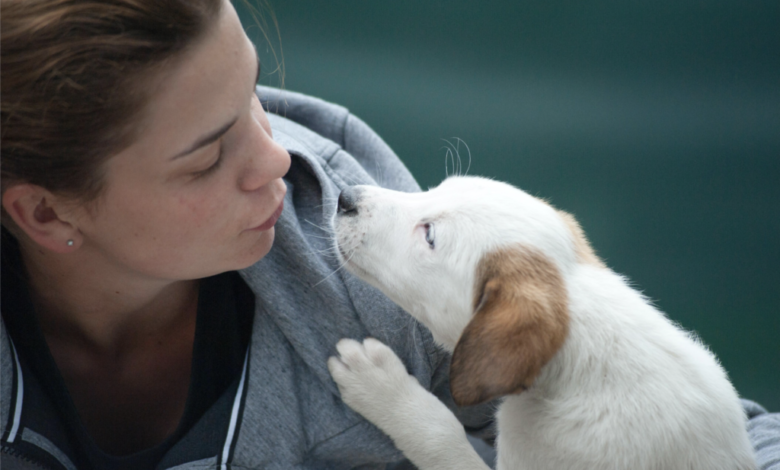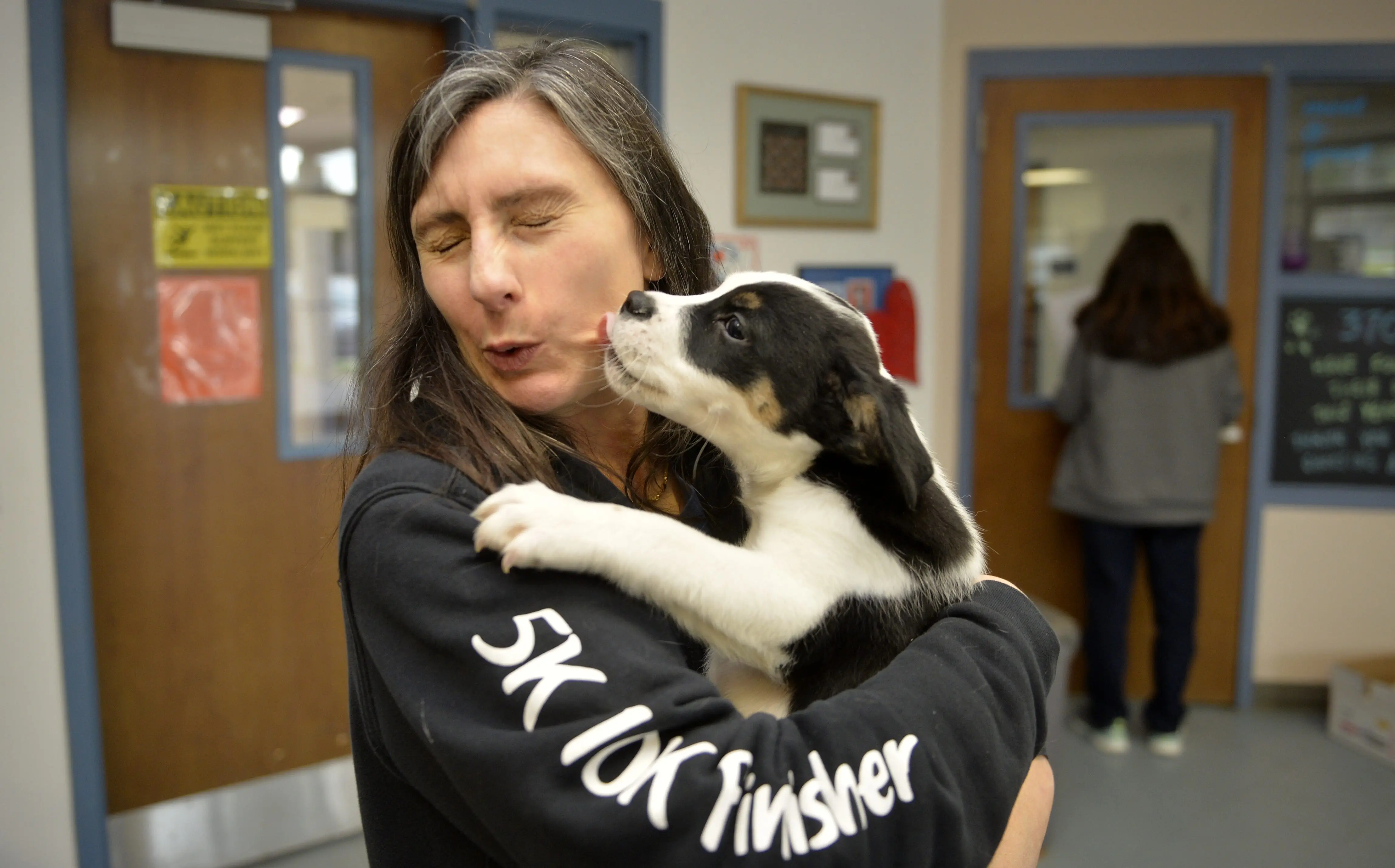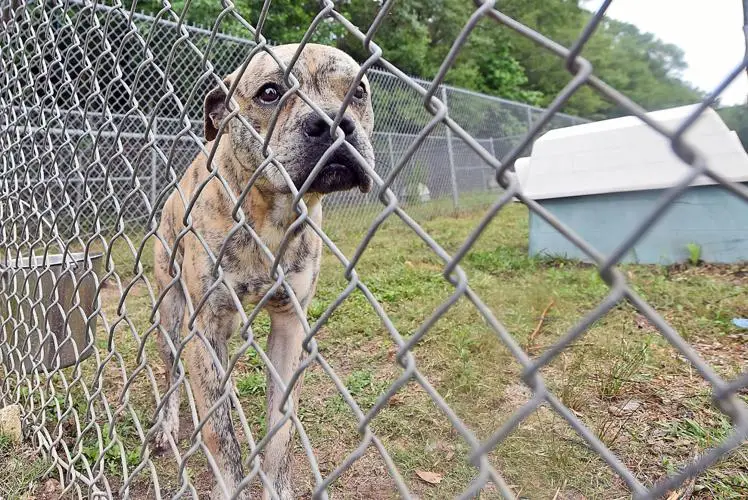How Local Rescue Groups Are Making a Big Difference in Your Community

Disasters can strike anytime, anywhere, and without warning. Whether it’s a natural disaster like a hurricane or an earthquake, or a human-caused emergency like a terrorist attack or a mass shooting, the impact can be devastating. Local rescue groups play a critical role in responding to these crises and helping communities recover. In this blog post, we will discuss the important role of local rescue groups in disaster response, the challenges they face, and how they work with government agencies and volunteers to save lives and help communities rebuild.
Role of Local Rescue Groups in Disaster Response
Local rescue groups are often the first responders to a disaster. They provide immediate assistance to those affected, including search and rescue, medical care, and shelter. They also work to prevent further damage by securing buildings and other structures and clearing debris from roads and other areas. In short, they do whatever is necessary to ensure that people are safe and have access to the resources they need.
During a disaster, local rescue groups may also collaborate with other organizations, such as the Red Cross, FEMA, and local hospitals, to provide additional support. This teamwork ensures that everyone affected by the disaster receives the help they need in a timely and coordinated manner.
Saving Lives The Inspiring Work of MBY Pet Rescue and Sanctuary
Challenges Faced by Local Rescue Groups During Disaster Response
While local rescue groups play a critical role in responding to disasters, they face many challenges. One of the biggest challenges is funding. Local rescue groups often rely on donations and grants to fund their operations, which can be difficult to obtain during times of economic hardship. Additionally, disasters can strain their resources, requiring them to spend large amounts of money on equipment, supplies, and personnel.
Another challenge is recruiting and managing volunteers. Local rescue groups rely heavily on volunteers to provide assistance during disasters, but finding qualified volunteers can be difficult. It’s also important to effectively manage volunteers to ensure that they are adequately trained and deployed in a way that maximizes their skills and abilities.
Finally, local rescue groups must be prepared to work in rapidly changing and often dangerous situations. They must have the right equipment and training to respond to a wide variety of disasters, from hurricanes and floods to terrorist attacks and mass shootings. They must also be able to quickly adapt to changing circumstances and make critical decisions under pressure.
Mayari Animal Rescue Organization Saving Lives One Paw at a Time
Importance of Funding for Local Rescue Groups
Funding is essential for local rescue groups to carry out their mission effectively. Without adequate funding, they may not have the resources necessary to respond to disasters in a timely and effective manner. This can have devastating consequences for those affected by the disaster.
To ensure that local rescue groups have the funding they need, it’s important for communities to support them through donations and grants. Additionally, government agencies should provide financial support to local rescue groups and incorporate them into their emergency response plans.
Collaboration between Local Rescue Groups and Government Agencies
Collaboration between local rescue groups and government agencies is essential for effective disaster response. Government agencies like FEMA and local emergency management offices can provide crucial resources and expertise to local rescue groups during times of crisis. They can also help coordinate the efforts of different organizations, ensuring that everyone is working together toward a common goal.
It’s important for local rescue groups to establish relationships with these agencies before a disaster occurs. This allows them to build trust and understanding and ensures that they will be included in emergency planning efforts.
Volunteer Recruitment and Management in Local Rescue Groups
Volunteers play a critical role in local rescue groups, providing valuable support during times of crisis. However, recruiting and managing volunteers can be challenging. To effectively recruit volunteers, local rescue groups should have a strong presence in the community and utilize social media and other communication channels to spread the word about their work. They should also have clearly defined roles and responsibilities for volunteers and provide adequate training and support.
To effectively manage volunteers, local rescue groups should have a volunteer coordinator who can oversee recruitment and deployment efforts. They should also provide ongoing training and support to ensure that volunteers are prepared for the challenges they may face during disaster response.
All You Need to Know About All Dog Rescue Finding a Loving Home for Your Furry Friend
Training and Preparedness for Local Rescue Groups
Training and preparedness are essential for local rescue groups to effectively respond to disasters. This includes regular training on search and rescue techniques, medical care, and other critical skills. It also includes developing emergency response plans and practicing them regularly.
Local rescue groups should work closely with government agencies and other organizations to ensure that their training and preparedness efforts align with broader disaster response plans.
Effective Communication Strategies for Local Rescue Groups
Effective communication is essential for local rescue groups to coordinate their efforts and provide information to those affected by disasters. This includes using radios and other communication devices to stay in contact with other organizations and volunteers. It also includes using social media and other communication channels to provide updates to the public.
Developing effective communication strategies requires careful planning and coordination between different organizations. It’s important for local rescue groups to establish clear lines of communication and develop procedures for sharing information during times of crisis ## Innovative Technologies Used by Local Rescue Groups
Innovative technologies are playing an increasingly important role in disaster response efforts. Local rescue groups are utilizing a range of tools and technologies to improve their ability to respond to disasters quickly and effectively.
One example is drones, which can be used to survey damage from above and search for survivors in hard-to-reach areas. Drones equipped with thermal imaging cameras can also be used to detect heat signatures, helping rescuers locate people who may be trapped or injured.
Another technology that is being used by local rescue groups is virtual reality. This technology allows rescuers to practice response scenarios in a simulated environment, improving their ability to make critical decisions under pressure.
Finally, social media platforms like Twitter and Facebook are being used by local rescue groups to coordinate their efforts and provide real-time updates to the public. These platforms allow rescuers to quickly share information about the location of survivors, the status of different response efforts, and other critical details.
Success Stories of Local Rescue Groups in Disaster Response
Despite the challenges they face, local rescue groups have been instrumental in saving lives and helping communities recover from disasters. One example is the Cajun Navy, a group of volunteers who helped rescue hundreds of people during Hurricane Harvey in 2017. The Cajun Navy used boats and other equipment to reach people stranded by the floodwaters, providing essential support when government agencies were overwhelmed.
Another success story is the Los Angeles County Search and Rescue Team, which has responded to numerous disasters over the years, including earthquakes, wildfires, and mudslides. The team has developed highly specialized skills and equipment to respond to these types of emergencies and has saved countless lives as a result.
Future of Local Rescue Groups in Disaster Response
As disasters continue to become more frequent and severe, the role of local rescue groups will only become more important. To ensure that these organizations are prepared to meet the challenges of the future, it’s important for them to continue developing innovative technologies, recruiting and training volunteers, and working closely with government agencies and other organizations.
It’s also essential for communities to support local rescue groups through donations and other forms of financial assistance. By working together, we can ensure that local rescue groups have the resources they need to respond to disasters quickly and effectively, saving lives and helping communities recover.
Conclusion
Local rescue groups play a critical role in disaster response efforts, providing immediate assistance to those affected by disasters, coordinating the efforts of different organizations, and helping communities rebuild in the aftermath of a crisis. Despite the challenges they face, these organizations continue to make a big difference in our communities, relying on funding, collaboration, volunteer recruitment and management, effective communication strategies, training and preparedness, and innovative technologies to improve their ability to respond to disasters quickly and effectively. As we look to the future, it’s essential that we continue to support local rescue groups and work together to build stronger, more resilient communities.












